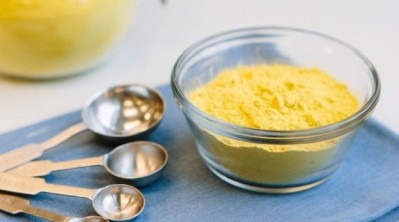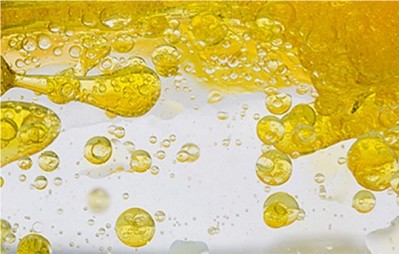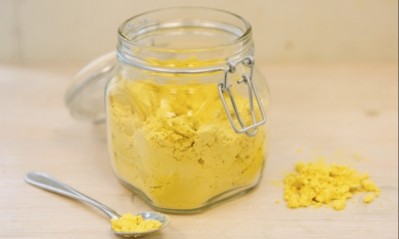FDA GRAS no objections letter paves way for mainstream adoption of whole algal protein, says Solazyme
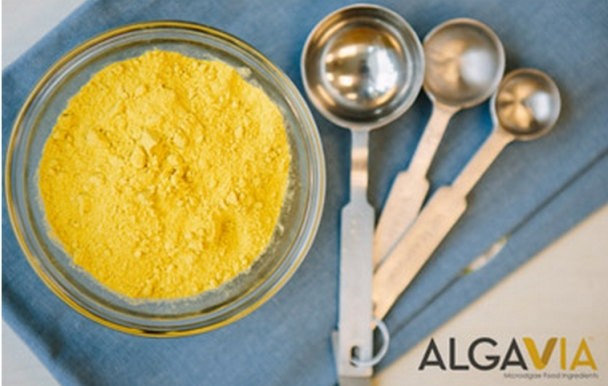
San Francisco-based Solazyme, which has also had a ‘no questions’ letter from the FDA about its AlgaVia whole algal flour ingredients, told analysts at its Q3 earnings call in November that eight products containing the lipid-rich algal flour had already hit the market, while the first products containing the algal protein were likely to hit shelves in Q4 following “late stage commercial tests with major national brands”.
AlgaVia whole algal protein is suitable for ready-to-drink beverages, powdered beverages, sauces, sports nutrition products, savory snacks, breads and cereals
AlgaVia whole algal protein - which is 65% protein, but also contains fiber, lipids and micronutrients such as lutein and zeaxanthin - is a rich yellow color with a nutty taste similar to crushed pistachios, and has attracted interest from companies making beverages, powdered beverages, sauces, sports nutrition products, savory snacks, breads and cereals.
While there are several plant-based proteins for formulators to choose from, AlgaVia whole algal protein has certain technical advantages in that it is protected within the cell walls of the micro-organism, so does not react with other ingredients in a formulation, Sally Aaron, director product marketing, Solazyme Food Ingredients, told FoodNavigator-USA when we visited the company last year.
“So you have this unique combination of a protein that has a complete amino acid profile, and is particularly high in arginine and glutamine, that’s highly digestible, but that won’t interact with other ingredients in a formulation.”
Meanwhile, in a low PH beverage such as tropical fruit juice smoothie, for example, you don’t need to add stabilizers to stop the protein from falling out of the solution, ensuring labels stay clean, she said.
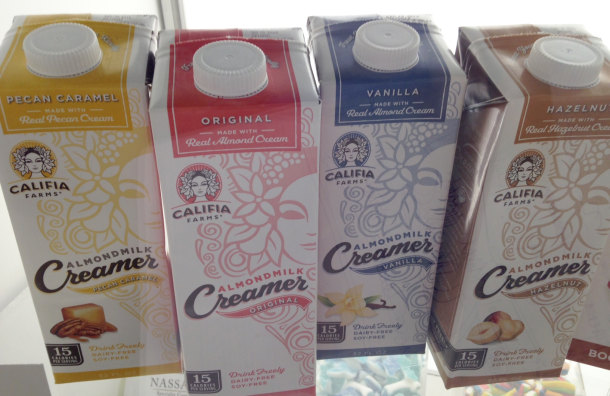
AlgaVia whole algal flour can replace dairy fats, vegetable oils and egg yolks in everything from ice cream to cookies
AlgaVia whole algal flour - which is 52% fat, 19% fiber, 6% protein, 2% moisture, 3% ash/micronutrients, 1% simple sugar, and 17% other carbohydrates - is pale yellow with a creamy mouth-feel. It can be used to replace dairy fats, vegetable oils and egg yolks in everything from ice cream to cookies, cakes, dressings, chocolate milk and pasta sauce, helping firms slash saturated fat, total fat, calories and cholesterol.
But the biggest game-changer in the food space could be Solazyme’s yet-to-be commercialized high-oleic oil, which scooped an innovation award at the 2014 IFT show. Unique in the food space with an unprecedented amount (c. 90%) of monounsaturated fat (oleic acid), 6-8% saturates and less than 2% poly-unsaturates, it is ultra-stable, and could be used as a food ingredient or a frying oil, claims Solazyme.
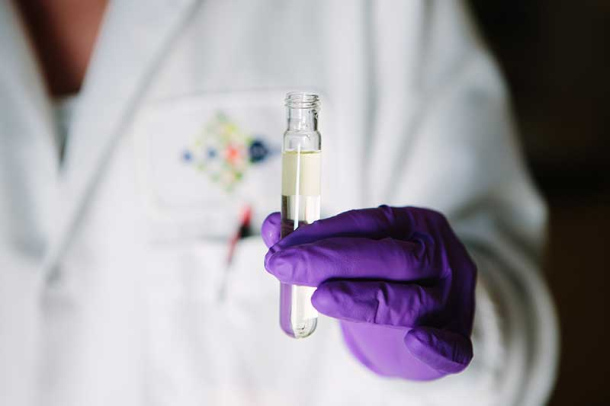
The fermentation process
To produce the AlgaVia products, frozen microalgae is thawed and used to inoculate a flask containing a broth rich in simple sugars and other nutrients, which the microalgae convert into high value oils or protein-rich whole food ingredients.
The mixture is then transferred into progressively larger vats until the desired volume is reached. Temperature, pH, agitation and aeration rates are controlled throughout the process, and when the batch is ready, the fermentation broth is harvested, concentrated, washed and/or disrupted, and then dried.
The chlorella microalgae strain used to make the AlgaVia flours and proteins is not genetically engineered. However, for customers concerned about genetically engineered corn ingredients in the fermentation process, Solazyme can switch feed stocks to non-GM sugar cane or other materials.
As for the high oleic oil and structured fats (‘algal butter’) next in the commercialization pipeline, these cannot be efficiently produced in native algae strains, so Solazyme uses genetic engineering techniques (eg. introducing genes from safflower, or inhibiting the production of certain enzymes in order to get more of the oil components it wants and fewer of those it doesn’t) in order to make precisely tailored oils with unique functionality.
Click on the link below to see the gallery from FoodNavigator-USA's recent trip to Solazyme's HQ in San Francisco.
